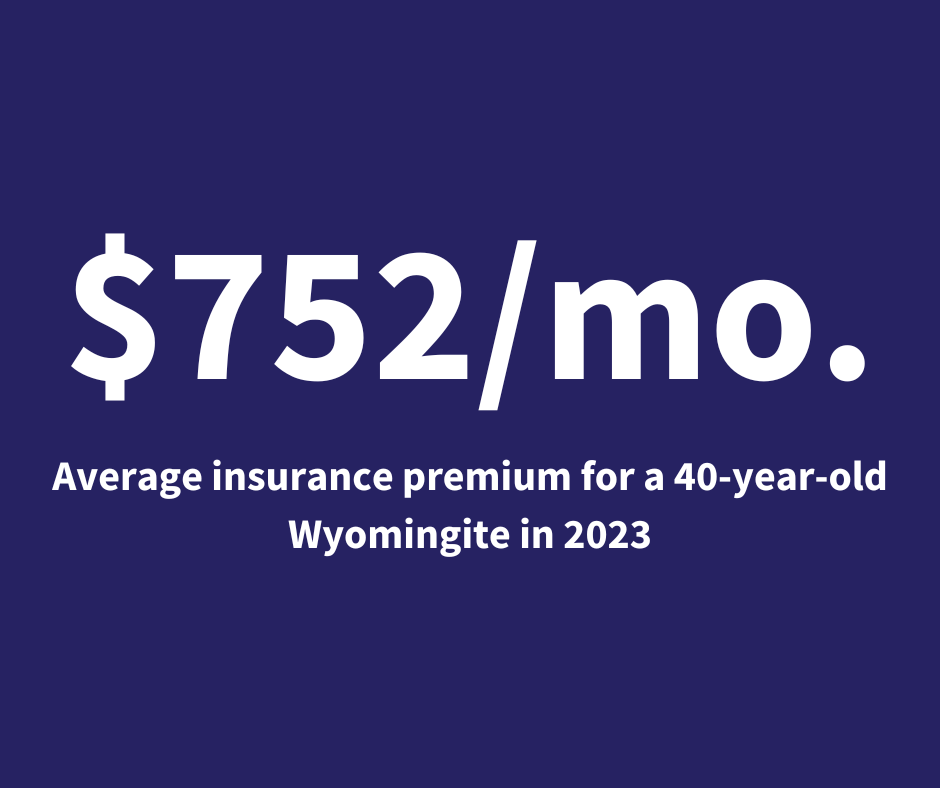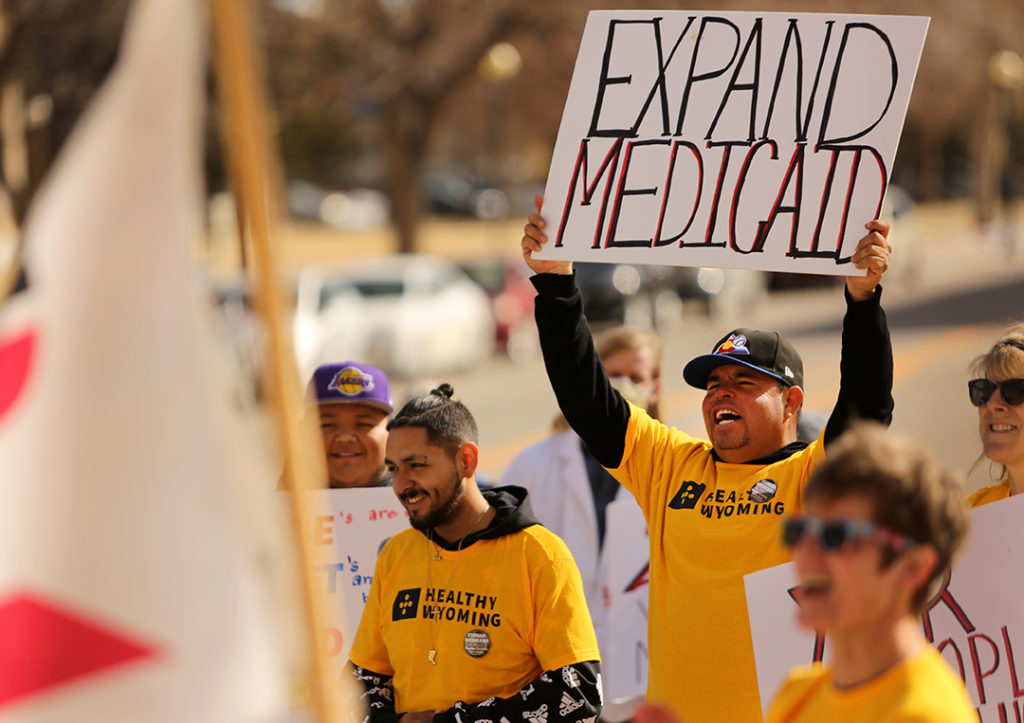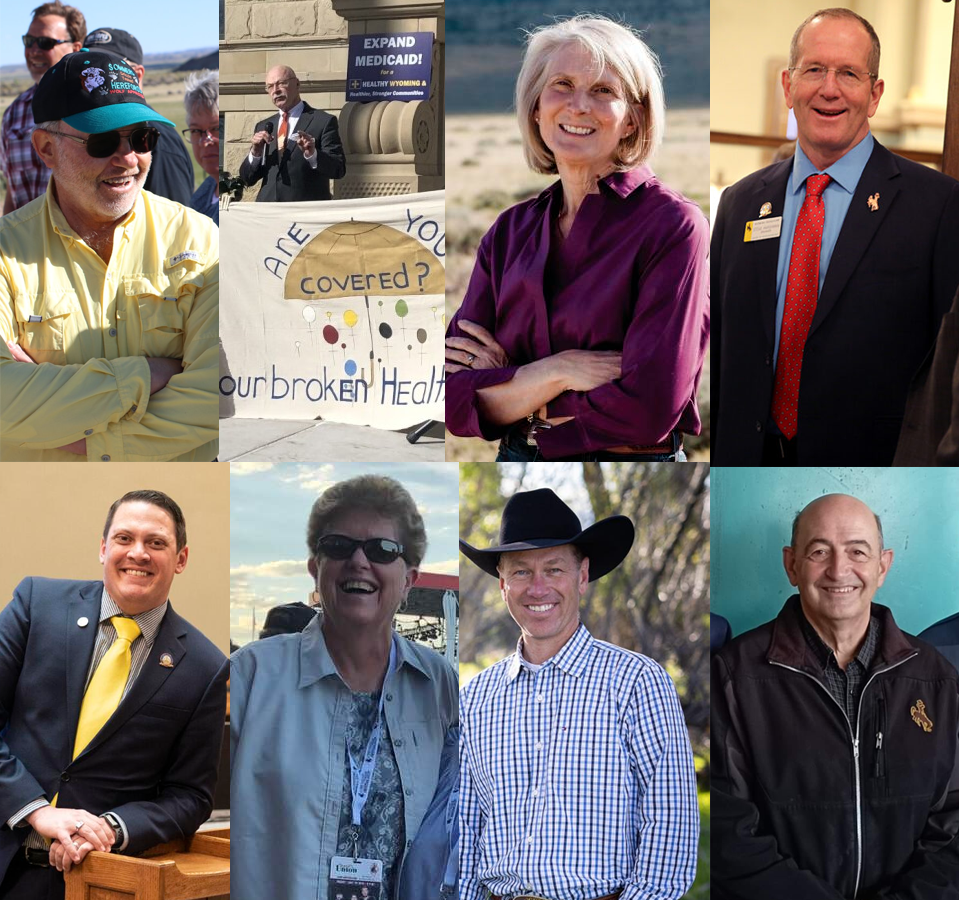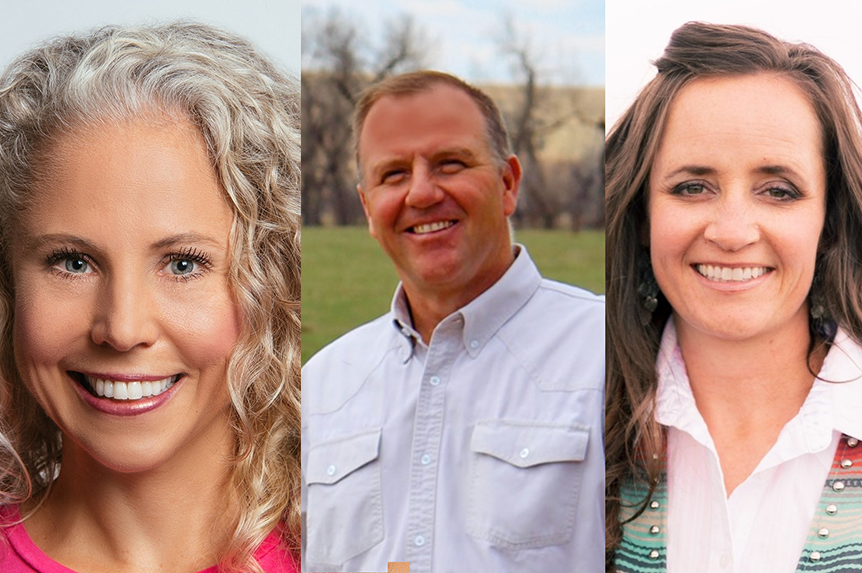REPORT: Wyoming’s sky-high insurance and treatment costs are residents’ number one healthcare concern
Better Wyoming conducted a research campaign over five months in 2023 to identify what people think are the most pressing issues when it comes to healthcare in our state.
We summarized the results in our 2023 healthcare campaign report, and in a four-part series of articles we will explore each topic in depth.
This is the second article. The first article looks at Wyoming’s physician shortage.
++
Whether folks are insured, uninsured or underinsured, many Wyoming residents think that healthcare in our state is far too expensive.
Over the past six months of Better Wyoming’s ongoing campaign for healthcare access, surveys and in-person conversations reveal that affordability is among people’s top concerns when it comes to medical care.
Roughly half of the people who responded to our healthcare survey said that the biggest healthcare issue for themselves and their families is the high cost of insurance and treatment.
“Seems like high deductible health plans are the norm among employers here (if anything is offered at all).”
Many folks who filled out the survey described not having insurance, and others noted the high number of uninsured in Wyoming due to the Legislature’s refusal to expand Medicaid.
Others who do have insurance said they also face high costs in the form of premiums—as well as deductibles that range from $1,500 – $20,000—and the prices keep going up.
“I am terrified for my teens once they finish school and Tricare no longer covers them,” one responder wrote. “Seems like high deductible health plans are the norm among employers here (if anything is offered at all).”

A new report by the Commonwealth Fund, a national healthcare research organization, confirms what many of us suspect: Wyoming ranks nearly dead last in the nation—and worst among Rocky Mountain States—for the affordability and accessibility of its healthcare system.
According to the report, which ranks all states side by side on a variety of factors, Wyoming has the sixth highest rate of uninsured adults in the nation, at roughly 16 percent. For these people, going to the doctor is often simply out of the question, since they are already struggling to pay for housing, bills, food, childcare, and other rising expenses.
Meanwhile, one in ten children in the Cowboy State has no health insurance—the second worst rate in the United States. More than one-third of Wyoming children went without preventive medical and dental visits in 2022.

For people who do have insurance, things aren’t a whole lot cheaper: Wyoming has one of the highest monthly health insurance rates in the nation. In 2023, the average health insurance premium was $752 per month for a 40-year-old in Wyoming, which is $108 per month more expensive than last year. Based on historic trends, we can expect the average cost to increase in 2024.
It follows, then, that Wyoming is also among the worst states in the nation when it comes to the percent of our neighbors with high out-of-pocket medical costs compared to their income, as well as those with medical debt.
Lack of primary care drives up costs
The high cost of healthcare in Wyoming has a spiraling effect. Because deductibles are high and treatment is so expensive, many Wyoming residents make the choice to seek care only when it’s an emergency.
Often, however, untreated medical conditions don’t go away on their own. Instead, they turn into even more serious problems that are even costlier to treat down the line.
“If we truly invested in making sure everybody got excellent primary care, we would go a long way to saving everybody a lot of money.”
For this reason, healthcare advocates have long urged Wyoming to focus on access to primary and preventative care as a means of driving down overall healthcare costs.
“We should be really focusing very hard on excellent primary care,” Anne Ladd, former executive director of the Wyoming Business Coalition on Health, recently told the Casper Star-Tribune. “If we truly invested in making sure everybody got excellent primary care, we would go a long way to saving everybody a lot of money.”
Primary care—basic doctor’s visits, checkups, screenings, etc.—forms the foundation of a state’s healthcare system. But in Wyoming, primary care accounts for only 5 percent of adult healthcare spending in the state.
The vast majority is spent on expensive emergency care, surgeries, and specialty medical services—many of which could have been avoided by better primary care in the first place.
Most uninsured people do not access any primary care at all, because doing so often means paying out of pocket. Roughly 19,000 Wyoming adults lack insurance, and therefore lack primary care. These are, by and large, the folks who put off treatment until their conditions worsen into wildly expensive maladies.

The Wyoming Legislature could dramatically decrease the number of uninsured adults in the state by expanding its Medicaid system to cover low-wage workers, which 40 other U.S. states have already done.
But lawmakers have long refused the policy on political grounds, despite the benefits it would provide state residents.
Geography and transparency
Of course, Wyoming’s sparse population is a major factor in the high cost of healthcare.
If a small-town hospital sees only a few patients in its Emergency Room daily, for instance, it’s financially difficult to maintain a fully staffed and equipped facility.
Rural hospitals also must often pay extra high salaries to employ quality physicians.
On the other hand, communities without basic medical services like an ER struggle to attract and retain businesses, and their residents must travel long distances to receive care—making it even more expensive.
Outside of providing direct public support for healthcare services, there might not be a whole lot Wyoming lawmakers can do to counter the problem of geography and sparse population.
Most states have mechanisms to ensure price transparency for insurance and medical providers. Wyoming does not.
But there are other steps the Legislature can take to help control costs.
Healthcare advocacy groups like Families USA emphasize that the lack of price transparency—whether for insurance plans or medical treatments —allows companies to artificially inflate prices without patients’ knowledge.
Most states have mechanisms to ensure price transparency for insurance and medical providers. Wyoming does not.
For instance, Wyoming is one of two states that does not conduct a premium rate review of insurance policies to assess whether health insurance price increases are “unreasonable” or “excessive.”
This process is akin to the one recently undertaken by the Wyoming Public Service Commission to rein in Rocky Mountain Power’s proposed electricity rate hike—only the review is for health insurance, instead of power rates.
The federal Affordable Care Act established a number of price transparency laws that healthcare providers must follow nationwide. But several states have gone further to establish their own enhanced transparency laws, as well as state penalties for providers and hospitals that fail to follow federal guidelines.
For its part, Wyoming once attempted to take a stab at transparency by creating a state database to track insurance claims and procedure-by-procedure healthcare costs.
Starting in 2016, the Wyoming Department of Health and Wyoming Business Council on Health jointly oversaw the database, which provided a wealth of information on the high cost of care in the state.
The database operated for a few years, and the Legislature voted to continue it in 2019, though without assigning it funding.
That same year, the state was hit with a revenue shortfall and lawmakers cut $100 million from the Wyoming Department of Health’s budget.
The database has not been updated since.






